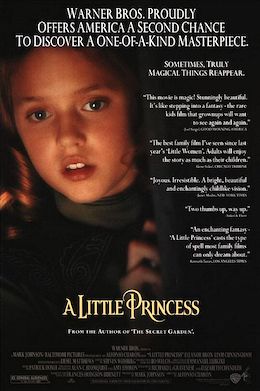Year: 1988 Director: Ron Howard Nostalgia Meter: 5/5 Most Recent Watch: A couple years ago, I guess? I have watched Willow as an adult, but it's also been awhile. And although I wouldn't quite put it on my top ten movies list, it's just as much of a nostalgia trip as The Dark Crystal . Unlike The Dark Crystal , however, I have a fun childhood story to go along with this one. Willow was the first time I was introduced to the concept of people with dwarfism. If you're not familiar with the movie, the titular character is played by Warwick Davis, who was probably the most well-know actor with dwarfism before Peter Dinklage. You probably know Davis best as Wicket the Ewok from Return of the Jedi and Professor Flitwick (and the goblin Griphook) from the Harry Potter movies. Anyway, in Willow , little people are referred to as "Nelwyns," and they're basically halflings in the standard language of the high fantasy genre. Now, my mom explained to me v...
A project to virtually recreate my childhood VHS collection. Once a week, I'll be watching a kids' movie released sometime between 1980 and 1999, and writing about the experience of seeing them again as an adult.

Comments
Post a Comment